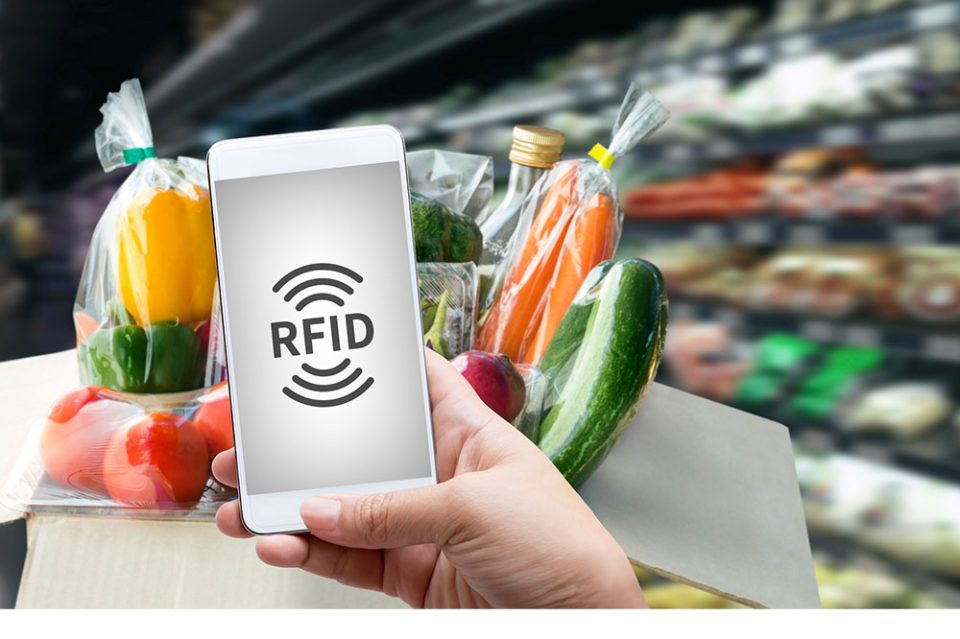Introduction: In the ever-evolving world of retail, staying ahead of the competition is crucial. One technology that has significantly impacted the retail landscape is Radio-Frequency Identification (RFID). RFID has revolutionized the way retailers manage inventory, enhance customer experiences, and streamline operations. In this article, we will explore the power of RFID technology in the retail industry and its transformative effects.
- What is RFID? RFID stands for Radio-Frequency Identification, a wireless technology that uses electromagnetic fields to transfer data between tags and readers. RFID tags contain electronically stored information and can be attached to or embedded within products, while RFID readers capture and process the data transmitted by the tags.
- Enhanced Inventory Management: RFID technology has transformed inventory management in retail. Unlike traditional barcodes that require line-of-sight scanning, RFID enables simultaneous reading of multiple items without manual intervention. This capability allows retailers to conduct faster and more accurate inventory counts, reducing stock discrepancies, and enabling real-time inventory visibility.
- Streamlined Supply Chain: RFID plays a crucial role in optimizing the supply chain. By tracking products at each stage, from manufacturing to distribution and retail shelves, retailers gain valuable insights into product movement, inventory levels, and demand patterns. This visibility enables more efficient stock replenishment, minimizes out-of-stock situations, and improves overall supply chain performance.
- Enhanced Customer Experience: RFID technology offers significant benefits to customers, enhancing their overall shopping experience. For instance, smart shelves equipped with RFID readers can instantly detect when a product is running low and trigger automatic reordering, ensuring products are always available for customers. This reduces the chances of disappointment due to out-of-stock items and improves customer satisfaction.
- Efficient Checkout Processes: RFID-enabled checkout systems enable seamless and fast transactions. Instead of individually scanning each item, RFID readers can read multiple tagged items simultaneously, reducing waiting times at the point of sale. This streamlined checkout process not only enhances the customer experience but also improves operational efficiency for retailers.
- Loss Prevention and Security: RFID technology assists retailers in combating theft and minimizing inventory shrinkage. By integrating RFID with security systems, retailers can monitor tagged items and receive real-time alerts if an item is removed without proper authorization. This proactive approach to loss prevention helps retailers protect their merchandise, reduce losses, and enhance store security.
- Data Analytics and Insights: RFID-generated data provides retailers with valuable analytics and insights. By analyzing customer buying patterns, inventory movement, and product performance, retailers can make data-driven decisions to optimize assortments, pricing strategies, and promotional campaigns. This data-driven approach empowers retailers to cater to customer preferences more effectively and drive revenue growth.
The global RFID market valued at $17.4 billion in 2022.
Factors such as improved inventory management, supply chain optimization, and enhanced security measures have been driving the growth of the RFID market. Additionally, the rise of e-commerce, the need for real-time tracking and monitoring, and the demand for efficient asset management solutions have further fueled the market expansion.



